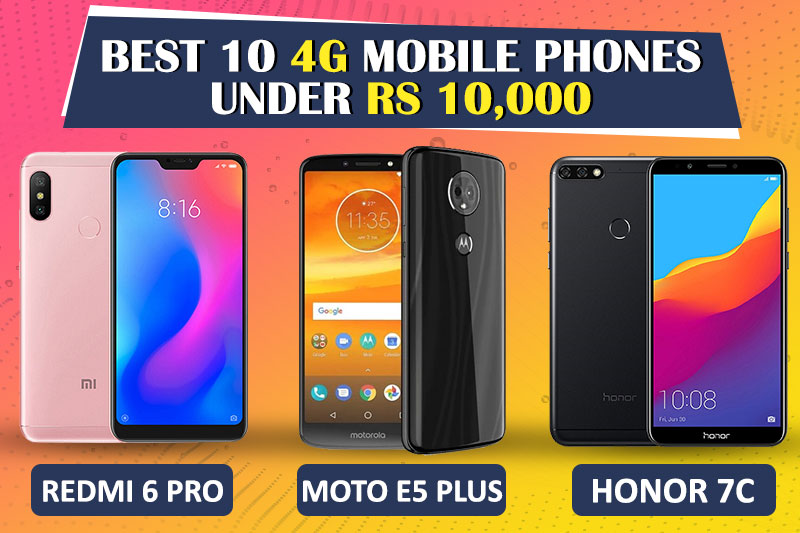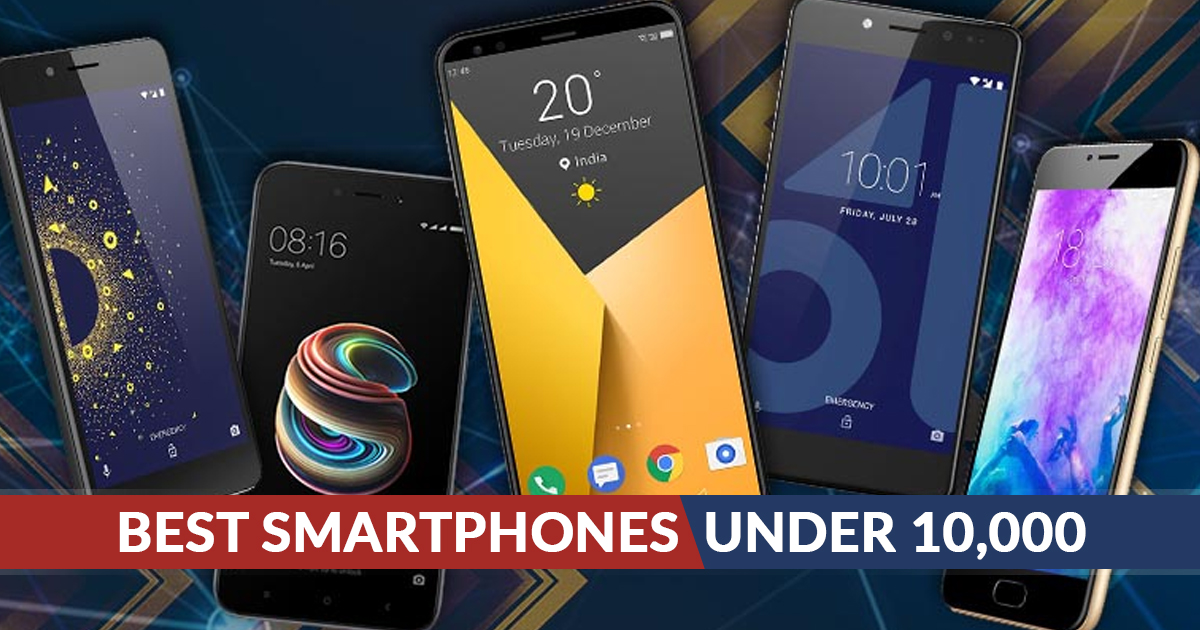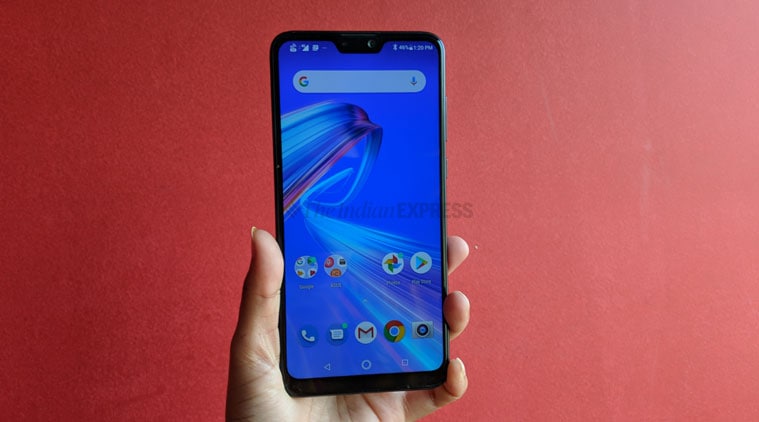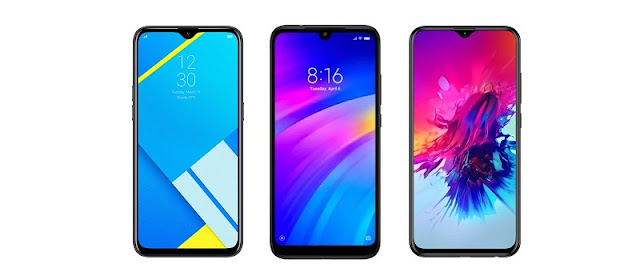Top 10 Mobiles Under 10000 In India 2019

The Indian smartphone market, a battleground for global tech giants, is fiercely competitive, especially in the sub-₹10,000 (approximately $120 USD) segment. In 2019, this price bracket represented a significant portion of total smartphone sales, making it crucial for manufacturers to offer compelling features at an affordable price. Choosing the right device in this crowded market can be overwhelming, given the plethora of options available.
This article delves into the top 10 mobile phones under ₹10,000 that dominated the Indian market in 2019. It examines their key specifications, performance, and overall value proposition, providing a comprehensive guide for budget-conscious consumers.
Top Contenders in the Budget Segment
Several manufacturers distinguished themselves in the sub-₹10,000 category, offering a range of smartphones that balanced features and affordability. These included brands like Xiaomi, Realme, Samsung, and Motorola, each vying for market share with aggressive pricing and competitive specifications.
Xiaomi Redmi 7A
The Redmi 7A was a popular choice for its reliability and clean software experience. It offered a decent processor and a long-lasting battery, making it a practical option for first-time smartphone users.
Realme C2
Realme's C2 stood out with its stylish design and competitive pricing. It packed a capable processor and a dual-camera setup, appealing to younger audiences seeking a balance of aesthetics and functionality.
Samsung Galaxy M10
Samsung, a dominant player in the Indian market, offered the Galaxy M10 as an entry-level option. It featured a large display and a brand name that resonated with many consumers, providing a sense of trust and reliability.
Motorola Moto E6s
The Moto E6s, from Motorola, offered a near-stock Android experience, which was highly valued by users seeking a bloatware-free interface. This focus on simplicity and performance made it a compelling choice for those prioritizing a clean software experience.
Xiaomi Redmi Go
Specifically targeting first-time smartphone users, the Redmi Go ran Android Go, an optimized version of Android for devices with limited resources. This ensured a smoother and more responsive user experience on lower-powered hardware.
Realme 3i
Building upon the success of its predecessor, the Realme 3i offered improved performance and camera capabilities. It provided a good balance of features and value, solidifying Realme's position in the budget segment.
Infinix Smart 3 Plus
The Infinix Smart 3 Plus featured a triple-camera setup, which was relatively rare in this price segment at the time. This focus on camera features helped it attract users interested in photography on a budget.
Tecno Spark Go Plus
The Tecno Spark Go Plus targeted consumers looking for a large display. Its focus on entertainment and media consumption made it a competitive offering in the budget market.
Lava Z61 Pro
Lava, an Indian manufacturer, offered the Z61 Pro as a domestic alternative. It catered to users seeking a locally made device with essential smartphone features.
Micromax Bharat 5 Pro
Similarly, Micromax, another Indian brand, offered the Bharat 5 Pro. It aimed to capture market share by providing a reliable and affordable smartphone option for Indian consumers.
Key Trends and Considerations
In 2019, the sub-₹10,000 segment saw a focus on larger displays, improved camera capabilities, and longer battery life. Manufacturers were also experimenting with different software experiences, from near-stock Android to heavily customized user interfaces.
The availability of 4G connectivity was a crucial factor for all smartphones in this price range. Consumers increasingly demanded access to high-speed internet for communication, entertainment, and social media.
Online sales channels played a significant role in the success of many of these devices. E-commerce platforms like Flipkart and Amazon provided a wide reach and facilitated competitive pricing.
The Road Ahead
The Indian smartphone market continues to evolve rapidly. While these devices represented the best options in 2019, the landscape has since changed significantly with advancements in technology and shifts in consumer preferences.
Looking forward, the sub-₹10,000 segment will likely continue to be driven by demand for enhanced features such as better cameras, faster processors, and improved display quality. 5G connectivity is also gradually becoming a factor even in this price bracket.
The competition among manufacturers will only intensify, forcing them to innovate and offer even more compelling value to budget-conscious consumers in the Indian market.
The battle for market share in this segment will continue to shape the future of the Indian smartphone industry.


















